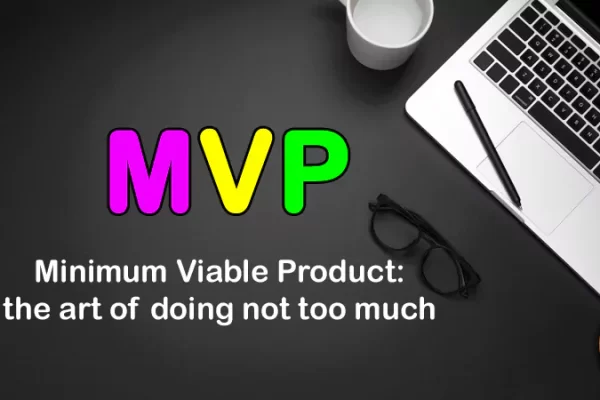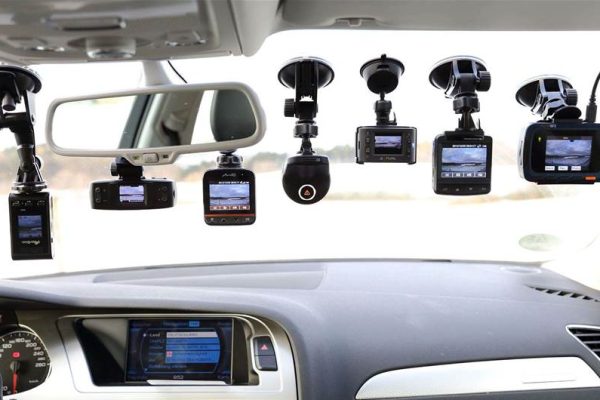Big data is a variety of data that comes in at an ever-growing speed and is constantly growing in volume. Thus, the three main properties of big data are variety, high speed of arrival, and high volume.
In simple terms, big data is larger and more complex datasets, especially from non-standard sources. These datasets are so large that traditional processing programs cannot handle them. But this huge amount of data can be used to solve business problems that previously seemed too complex.
Big data is both a great opportunity and a great challenge. Data needs to be used to be beneficial, and the amount of that benefit depends on how it is processed. Pure data, that is, data that is relevant to the customer and organized for effective analysis requires careful processing. Data scientists spend 50 to 80% of their time processing and preparing data for use.
Table of Contents
Analytical data visualization
What is it? To make the results of analytics easier to evaluate and use, data visualization is used to work with big data. That is, they are presented in the form of graphs, diagrams, histograms, 3D models, maps, and pictograms.
How it works. Usually, visualization is the final stage, a demonstration of the results of the analysis carried out in other ways. For example, you build a simulation model and display the result of its work in the form of a graph that shows the fluctuations in sales depending on price changes. Or they compared sales in different regions and visualized this data on a map by coloring the regions in different colors.
Usually, analysis tools are also able to visualize data, since it is difficult to display the results of work without visualization.
Why and where they are used. Wherever people need to work with data. For example, if you need to evaluate the results of processing or demonstrate them to a manager or supervisor.
According to the IDC forecast, by 2025 the volume of analyzed data will grow 50 times compared to the current one, reaching 5.2 zettabytes.
The economic impact of working with big data amounts to billions of dollars. For example, the financial corporation HSBC prevented losses from fraud with bank cards in the amount of 10 billion dollars, and the German Ministry of Labor has cut its costs by 10 billion euros, calculating «fictitious» unemployed. Telecommunications enterprises are most actively using big data technologies.
Despite the obvious benefits of big data analytics, only the most advanced companies use solutions in this area. Information is becoming more and more complex, and efficient work with data is more and more labor-intensive. In addition, analyzing big data in familiar 2D is working with numerical tables and pie charts, which simply cannot physically capture the whole picture of what is happening.
3D modeling and gamification are the «tomorrow» in visualization technologies and a natural stage in the development of big data analysis. Physical visualization allows you to use the capabilities of human intuition.
Machine learning models
The computer builds models using algorithms that range from simple equations (like the equation of a line) to very complex logic/mathematics systems that allow the computer to make the best predictions.
The name machine learning is apt because once you choose a model to use and tweak (in other words, improve with adjustments), the machine will use the model to learn patterns in your data. Then you can add new conditions (observations) and it will predict the result!
Logistic regression
This means that your target variable (the one you want to predict) is made up of categories. These categories can be yes/no, or something like a number from 1 to 10 that denotes customer satisfaction. A logistic regression model uses an equation to create a curve with your data, and then uses that curve to predict the results of a new observation.
Linear Regression
Quite often, linear regression becomes the first machine learning model that people learn. This is due to the fact that its algorithm (in other words, the equation) is easy enough to understand using only one variable x – you simply draw the most suitable line – a concept taught back in elementary school. The best fit line is then used to predict new data points (see illustration).
Linear Regression is somewhat similar to logistic regression but is used when the target variable is continuous, which means that it can take on almost any numeric value.
K Nearest Neighbors (KNN)
This model can be used for classification or for regression. The title – «To the Nearest Neighbors» should not confuse you. To begin with, the model displays all the data on a graph. As a future data scientist, you pick the K value and you can play with it to see which one gives the best predictions.
Modeling is an integral part of business
There is a growing interest in using AI / ML to transform large amounts of data, including unstructured data, into new insights and information. Unlike standard statistical models, ML models are not limited by the number of dimensions they can effectively access. ML models can consume huge amounts of unstructured data, identify patterns, and translate those patterns into useful information.
The predictive power of models built using these techniques, combined with the availability of big data and increased computing power, will continue to be a source of competitive advantage for advanced organizations. Those who fail to incorporate machine learning into their business will face increased competition and potential business instability.
Hope this article has not only increased your understanding of the above models but also helped you understand how cool and useful they are! When we let the computer do the work / learn, we can sit back and watch what patterns it finds. Sometimes all this can be confusing because even experts do not understand the exact logic by which the computer comes to this or that conclusion, but in some cases, all we care about is the quality of the forecast!





